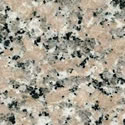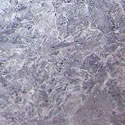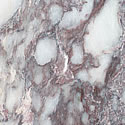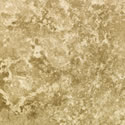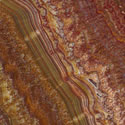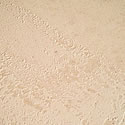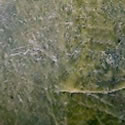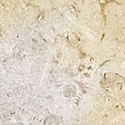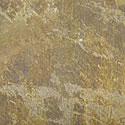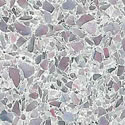 |
|
Stone Identification
Granite Granite has long enjoyed use as an exterior cladding and pavement material, because of its inherent strength, abrasion resistance and superior weathering durability. Available in a striking array of colors, granite's durability, longevity, and economy make it ideal for kitchen countertops and other heavily used surfaces, including table tops and floors. Some synthetic surfaces scratch easily, while the hardness of the minerals comprising most granites surpasses that of the utensils that are used on them, resulting in excellent scratch resistance. Granite is typically heat resistant up to temperatures of ±250°C (±480°F), although direct application of localized heat sources is discouraged, since strong thermal gradients within the stone can initiate cracking. Studies of bacteria retention on common countertop surfaces have proven granite to be the superior to most surfaces. Marble, Onyx, & Serpentine Marble, with its inherent warmth, adds a sophisticated element to the area in which it is installed. Its naturally random appearance, engineering characteristics, and ease of maintenance makes it a premium choice for floors, wall claddings, table tops, wainscot, floors, and vanity tops. Many marbles are well suited for wet area application, which extends the versatility of this material to include tub decks and showers. The calcite crystal is the basic building block of true marbles. The calcite crystal is vulnerable to attack by mild acids, including those commonly found in kitchen and bar settings. Acid rain and other weathering elements can also affect exterior marble installations, and exterior applications are generally limited to white marbles, with some exceptions. Often mistaken for marble is serpentine, which exhibits greater acid resistance and abrasion resistance than does a true marble. These properties make serpentine a common choice for both kitchen counter and exterior application. Onyx, while vulnerable to chemical and abrasive attack, has a decorative appeal that surpasses most other stone. Slate and Soapstone Being of the softer varieties of dimension stone types, neither of these materials is known for particularly high abrasion or scratch resistance, yet they are both used a flooring and countertop products. Soapstone is highly heat resistant, and has been used in fireplace surrounds frequently to take advantage of this property. Slate, being of laminar construction, has the ability to be processed into thin sheets and still maintain serviceable strength and rigidity. Travertine, Limestone, and Dolomitic Limestone Featuring their soft earth tones, decorators integrating these stones into their design have great flexibility in selecting complimentary colors for other interior elements. Since these stones are some of the softer varieties of natural stone materials, they have long been a popular choice for intricately carved features and moldings, as well as statuary. Limestone and travertine, like marble, are of a calcium carbonate base, and as such, are vulnerable to alteration by exposure to mild acids. Dolomite, a form of limestone, generally have higher densities, lower absorptions, greater compressive and bending strengths, and higher abrasion resistance than the calcium carbonate based limestones. Terrazzo Advantages of terrazzo include: wider selection of colors, 1/4 inch to 3/8 inch installation thickness, lighter weight, faster installation, impermeable finish, higher strength, and less susceptibility to cracking. In addition to marble aggregate blends, other aggregates have been used such as recycled glass, metal shapes and medallions.
|
 Member, Marble Institute of America |
 Member, Building Owners and Managers of Atlanta |
